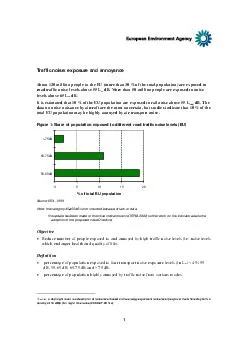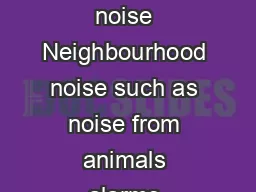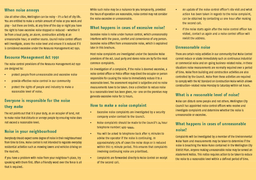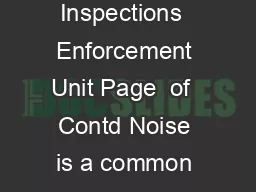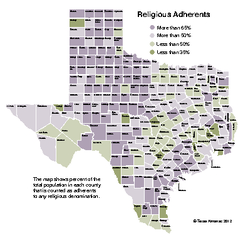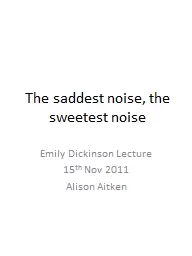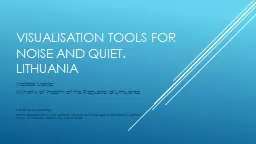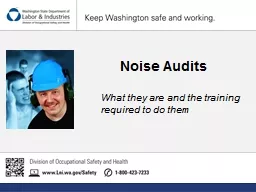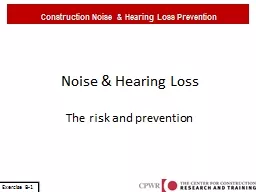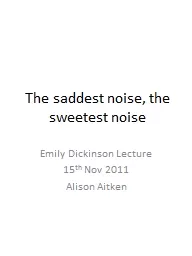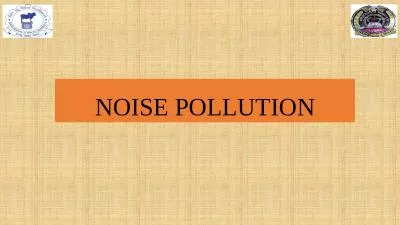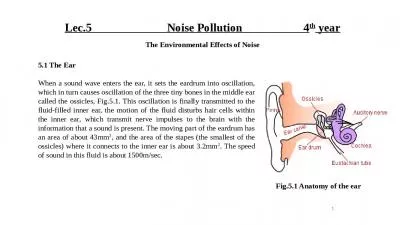PDF-Traffic noise exposure and annoyance About million people in the EU more than
Author : luanne-stotts | Published Date : 2014-10-03
More than 50 million people are exposed to noise levels above 65 L dn dB It is estimated that 10 of the EU population are exposed to rail noise above 55 L Aeq dB
Presentation Embed Code
Download Presentation
Download Presentation The PPT/PDF document " Traffic noise exposure and annoyance A..." is the property of its rightful owner. Permission is granted to download and print the materials on this website for personal, non-commercial use only, and to display it on your personal computer provided you do not modify the materials and that you retain all copyright notices contained in the materials. By downloading content from our website, you accept the terms of this agreement.
Traffic noise exposure and annoyance About million people in the EU more than: Transcript
Download Rules Of Document
" Traffic noise exposure and annoyance About million people in the EU more than"The content belongs to its owner. You may download and print it for personal use, without modification, and keep all copyright notices. By downloading, you agree to these terms.
Related Documents

